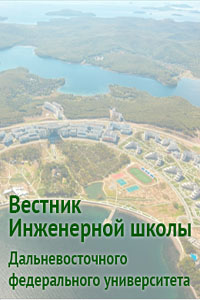Adaptive approach to noise-resistant coding with low-density parity-checks in underwater acoustic communication systems
DOI:
https://doi.org/10.24866/2227-6858/2022-2/69-80Keywords:
underwater acoustic communication, noise-resistant coding, low-density parity-check codesAbstract
The processes of signal propagation in an underwater acoustic communication channel largely depend on the distribution of the speed of sound, as well as the shape and acoustic properties of the sea surface and bottom. However, these parameters of the marine environment are non-stationary and are subject to the formation of local and unpredictable inhomogeneities, which leads to a high variability of the channel bit error probability and makes it difficult to choose the optimal parameters of various subsystems of underwater acoustic communication systems, including the noise-resistant encoder. The paper presents a method for adapting the coding rate of a LDPC code, which does not involve a two-sided channel estimation and relies only on the estimation of the received code word fragments at the receiver. The paper describes the method for generating a parity-check and generator matrixes, the method for generating a code word and an approach to its estimation and decoding. Also, the paper presents the results of modeling the restoring ability of the developed coding method and its influence on the effective data transfer rate, which is defined as the ratio of the number of transmitted bits of useful information to the time interval between the start of transmission of the service packet and receipt of confirmation of the successful transmission.
Downloads
Published
Issue
Section
License
Copyright (c) 2022 Far Eastern Federal Univercity: School of Engineering Bulletin

This work is licensed under a Creative Commons Attribution 4.0 International License.

